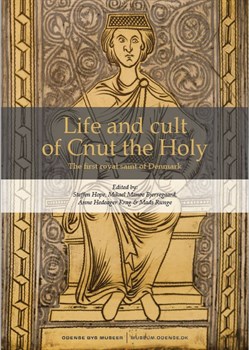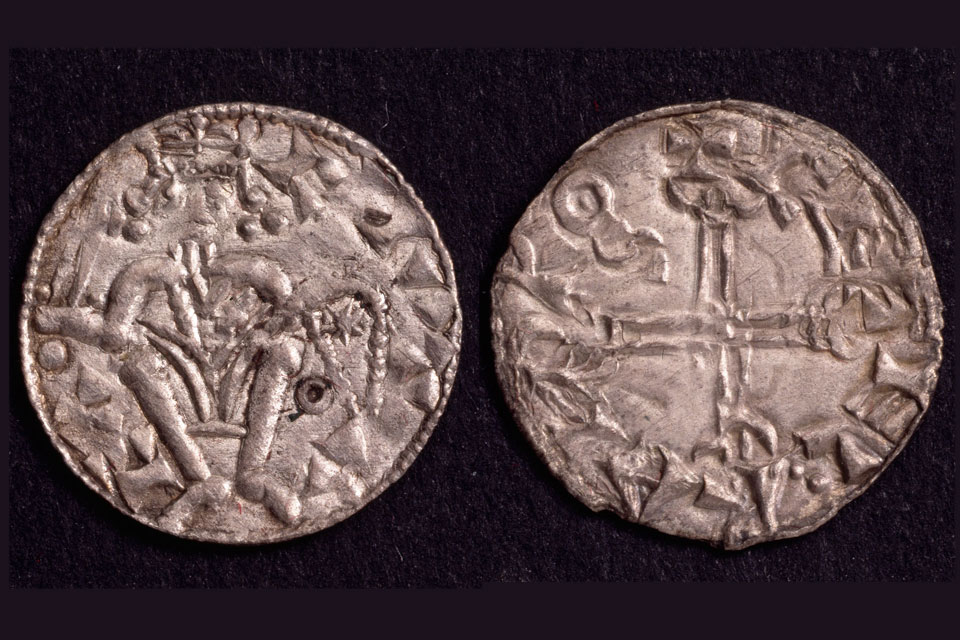In 2016, the City of Odense celebrated the 850th anniversary of the murder of Cnut IV in the church of St. Alban in Odense. A splendid report of the symposium has been generously published as open source.
 Life And Cult Of Cnut The Holy
Life And Cult Of Cnut The Holy
Report from interdisciplinary research seminar in Odense November 6th to 7th 2017
Edited by Steffen Hope, Mikael Manøe Bjerregaard, Anne Hedeager Krag & Mads Runge
Archaeological & Historical Studies in Centrality, vol. 4, 2019.
Odens Museum and University Press of Sothern Denmark 2019
King Cnut IV – also called Cnut the Holy – was killed in July 1086 in St Alban’s Church in Odense. Fourteen years later, his brother Erik Ejegod travelled to Rome, where he succeeded in having him canonized and turned into the national saint of Denmark. In April 1101 the remains of Cnut were enshrined and placed on the altar in the crypt of the new Cathedral, St. Cnut’s. Together with his brother, he still rests there in the original shrine. Although stripped of its golden ornaments and raided for its rich golden textiles, we are still able to visit the site and let history wrap us in its magic; not least, because the written sources to the events are so manifold and evocative.
Recently, archaeologists and scientists have worked diligently to complement the studies of the historians, art historians and theologians, widening the scope of our understanding. In 2016 – the 850 anniversary of his martyrdom – this resulted in an excellent and fascinating exhibition at the Odense Museum. The following year, a symposium was held at the University with thirteen specialized contributions telling the latest about the excavations of Odense, the textiles in his shrine, the coinage, the social structure of Denmark at the end of the 11th century, the international character of the growing cult, including comparisons with the Norwegians and Swedish cases of royal sainthood, as well as the liturgy of the commemorations of his death and his dies translationis. As part of these detailed studies, the reader will get an excellent and up-to-date overview of the present knowledge about the historical context, archaeology, art history and extensive literature, consisting of five contemporary texts and one liturgy (known as the Odense Literature).
The book is of profound interest. It not only details the history of what was arguably the primary transient figure between the Viking and the Middle Ages in Denmark and Scandinavia at this time. It demonstrates what an interdisciplinary and holistic, truly historical anthropological approach can contribute through the careful attention to microscopic details. Sumptuously and generously illustrated, it is a must-read for anyone interested in the history of the High Middle Ages in what is occasionally a forgotten part of Europe.
Also, the book is published as Open Source. Enjoy!
Ove Juul Nielsen
FEATURED PHOTO:
Coin of Cnut the Holy © National Museum of Copenhagen/John Lee. CC-BY-SA
